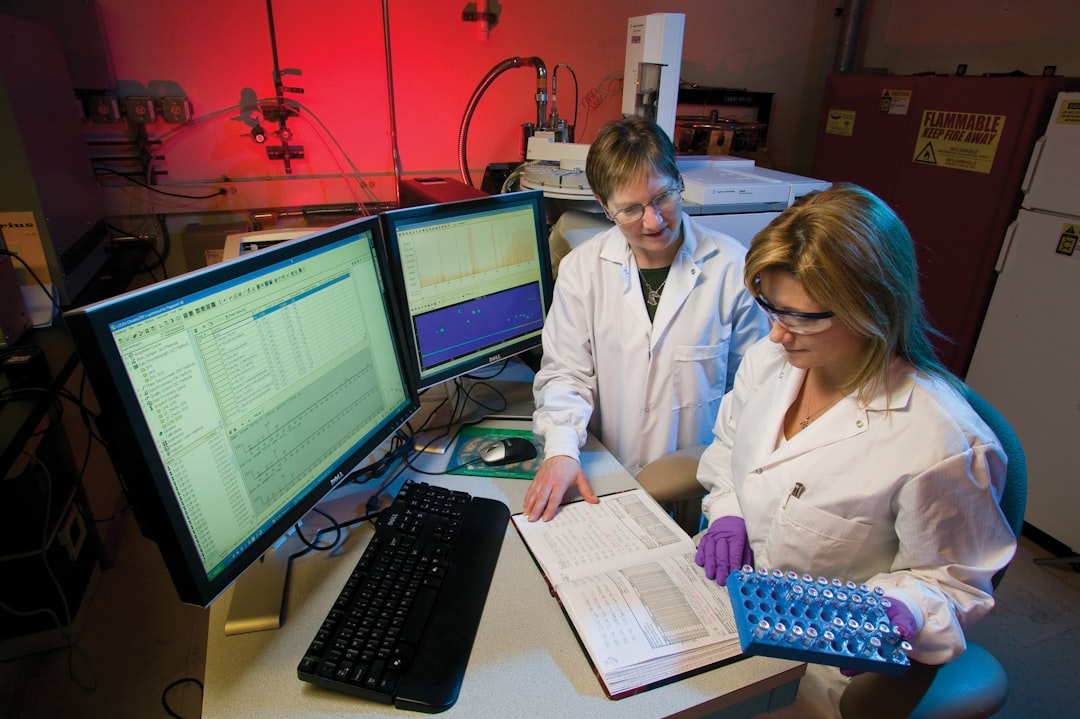What is it about?
This was the first report that calix[4]pyrroles - a class of macrocycle known for over a century - function as anion receptors. The compounds are easy to make - in one step - from the acid catalysed condensation of pyrrole with ketones such as acetone or cyclohexanone. The compounds form four hydrogen bonds to bound anionic guests such as fluoride and chloride and complexation in solution is evidenced by significant downfield NMR shifts of the NH proton resonances.
Featured Image
Why is it important?
This paper reported the discovery of the anion complexation properties of the calix[4]pyrroles (meso-octaalkylporphyrinogens). In the subsequent 18 years these macrocycles are now used by many groups throughout the world as receptors for anions and ion-pairs, in colorimetric sensing arrays for many different types of analyte and have been used as anion transporters for mediating delivery through lipid bilayer membranes.
Read the Original
This page is a summary of: Calix[4]pyrroles: Old Yet New Anion-Binding Agents, Journal of the American Chemical Society, January 1996, American Chemical Society (ACS),
DOI: 10.1021/ja960307r.
You can read the full text:
Resources
Contributors
The following have contributed to this page










